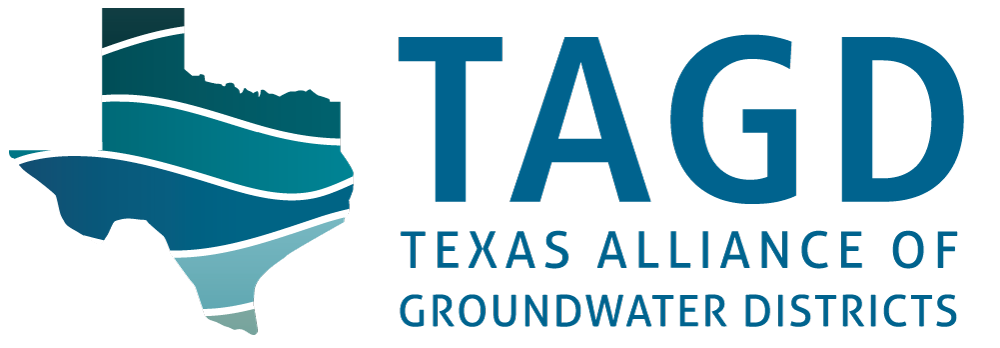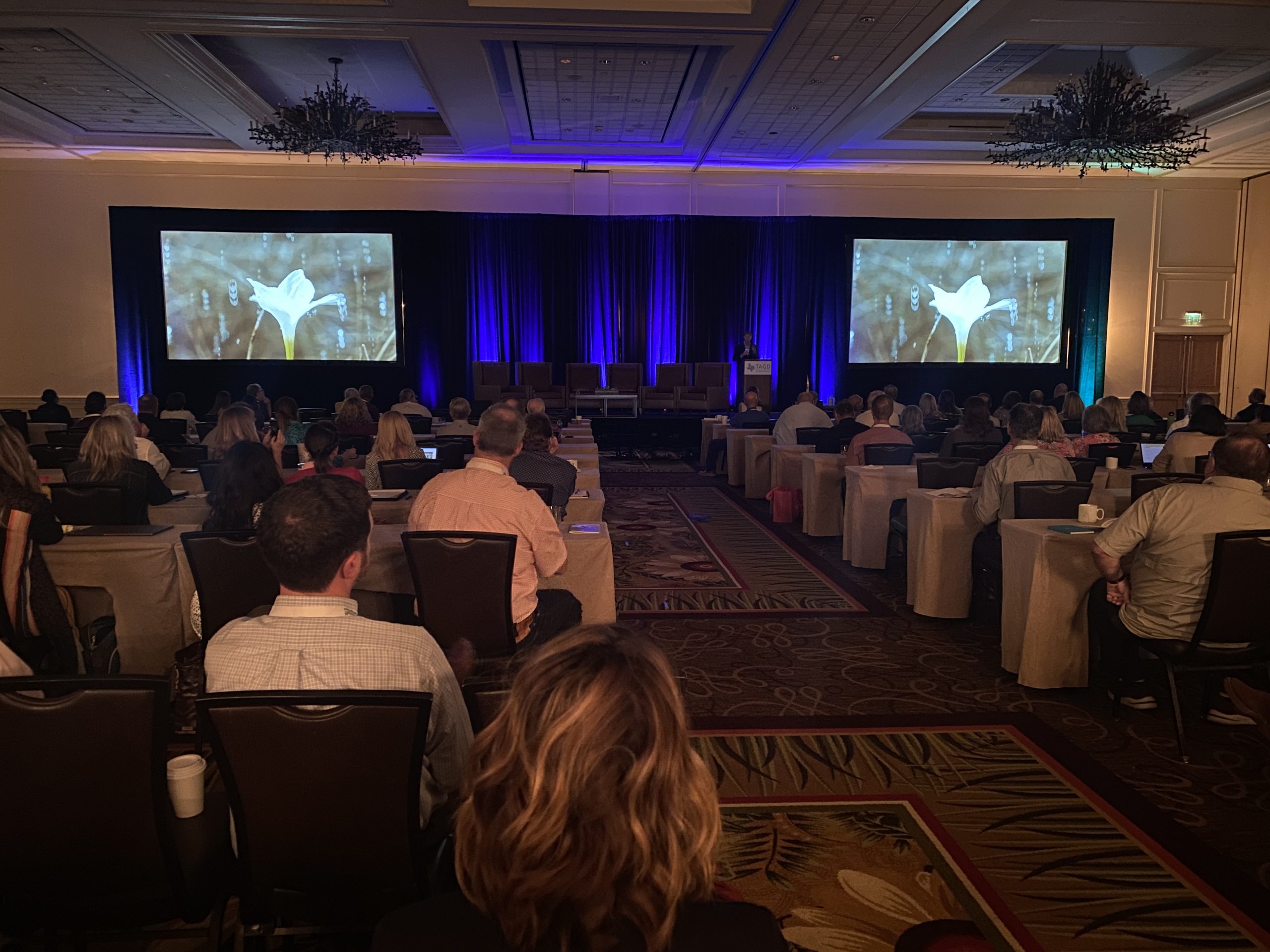Great Springs Project
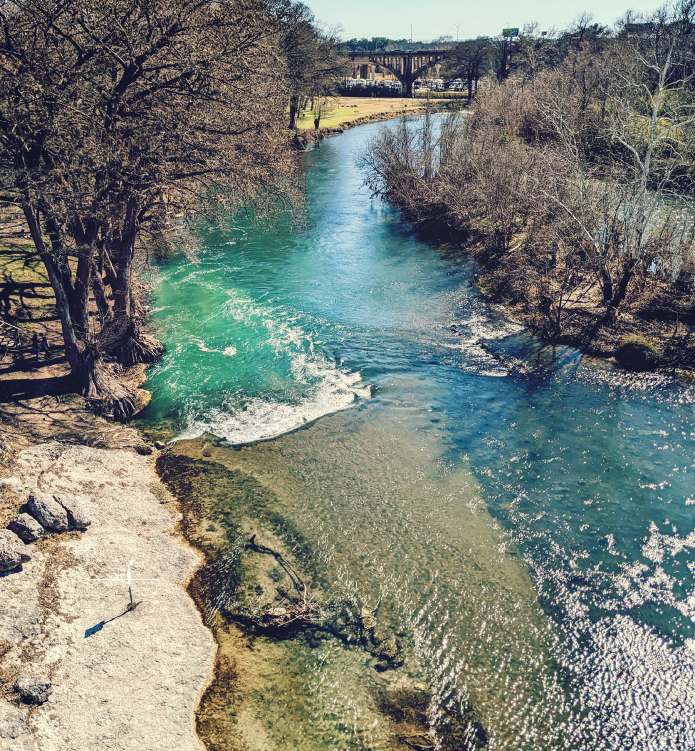 At the nexus of groundwater protection, public recreation, and land conservation lies the Great Springs Project. The project’s goals are to establish a 100-mile trail in Central Texas between Austin and San Antonio and protect an additional 50,000 acres of land in the recharge and contributing zones of the Edwards Aquifer. While motivations and benefits are varied on this above-surface endeavor, it all comes down to one central theme – groundwater.
At the nexus of groundwater protection, public recreation, and land conservation lies the Great Springs Project. The project’s goals are to establish a 100-mile trail in Central Texas between Austin and San Antonio and protect an additional 50,000 acres of land in the recharge and contributing zones of the Edwards Aquifer. While motivations and benefits are varied on this above-surface endeavor, it all comes down to one central theme – groundwater.
About the Project
Great Springs Project was started in 2017 by Deborah Morin, a Hill Country philanthropist who wanted to shield the vulnerable Edwards Aquifer recharge zone from encroaching development. The project aims to create a greenway of protected lands between Austin and San Antonio over the recharge zone, linking Barton Springs, San Marcos Springs, Comal Springs, and San Antonio Springs. The trail is expected to be completed by the Texas bicentennial in 2036. Anticipated project outcomes include the protection of natural resources for both aquatic and non-aquatic endangered species, water quality protection for the over two million people in the corridor who rely on the Edwards Aquifer for their drinking water, an economic development catalyst for the cities and counties along the proposed trail, and access to nature and health benefits for the projected population of 6.4 million people living in and between Austin and San Antonio by 2050. With ten principles to guide their work (below), Great Springs Project envisions unifying existing local efforts to address the most critical water, land, wildlife, and public health challenges facing the Central Texas region.
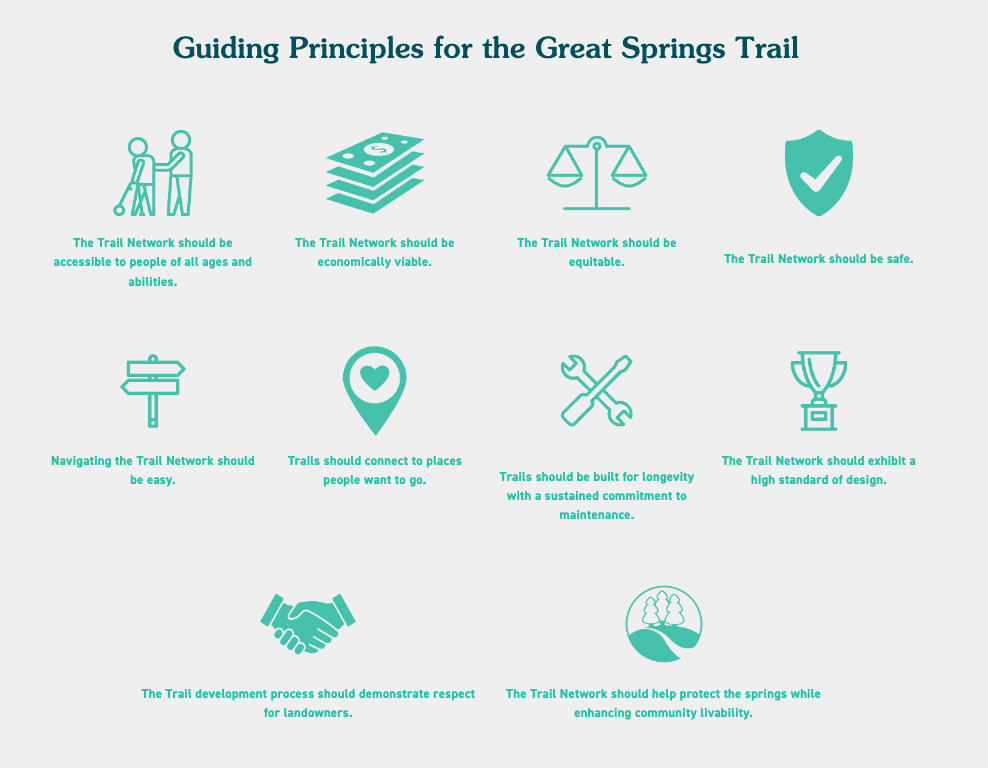
Leveraging local efforts means that this project is not starting from scratch. Each of the four springs have their own adjacent parks or open space, and several cities and counties along the way have already established trail systems. The Great Springs Trail will support these local trails and fill the gaps to connect the springs. Existing trails incorporated in the plan include the Violet Crown Trail in Austin, the proposed Dry Comal Creek Greenway in New Braunfels, Purgatory Creek Trail Corridor in San Marcos, and El Camino Real de los Tejas – yes, that El Camino Real! The historical basis of the Great Springs Trail goes back even further, as each of the highlighted springs played an important role in the life and traditions of local indigenous cultures and eventual settlement of the area.
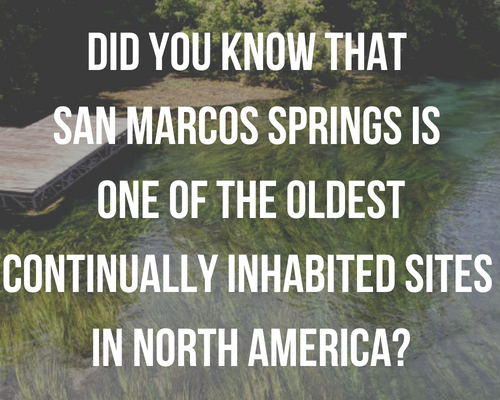
The path of the trail is intentionally designed to maximize ecological impact. This corridor is characterized by sinkholes, caves, and sinking streams with springs scattered throughout. Those karst features allow for water to seep through to the aquifer, but such rapid permeability also has the downside of making the aquifer more vulnerable to pollution. Curbing development in this recharge zone and strengthening the open space buffers will protect the water quality of the Edwards Aquifer. A high-quality water supply is important not only to the two million people who rely on the aquifer for their drinking water, but also to the species that inhabit the springs and the surrounding area.
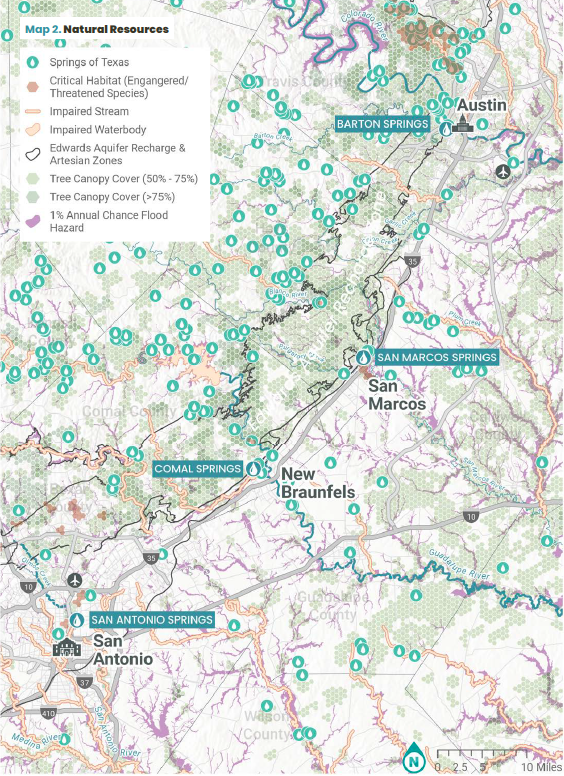 Progress to Date
Progress to Date
Last year, Great Springs Project released the organization’s comprehensive trails plan that details the intended route of the Great Springs Trail. The current focus is on reaching out to landowners, acquiring land, and facilitating conservation easements. Continue reading for a few select examples of parcels and partnerships that will help the organization reach its goals.
In November of 2022, Hays County and the Edwards Aquifer Authority formally closed on a conservation easement over more than 380 acres of the Presa Grande tract, utilizing funding approved by Hays County voters in the 2020 Hays County Parks and Open Space bond election. Great Springs Project is continuing to work with project partners to secure additional funding for a conservation easement on an additional 240 acres of the property in 2023. The land is located northwest of San Marcos Springs and contains abundant karst features as well as important nesting habitat for endangered golden-cheeked warblers. This project is foundational in expanding the footprint of protected lands in Hays County and will serve as a key connector for the Great Springs Trail.
Great Springs Project doesn’t necessarily want to be the entity that owns the land or holds conservation easements, but is meant to facilitate those connections and transactions. They also play an active role in management and development of certain areas. Working in collaboration with Comal County, the U.S. Fish and Wildlife Service, and Texas Parks and Wildlife Department, Great Springs Project took a leadership position in the development of a management plan for the 288-acre Morton Preserve, located to the northwest of New Braunfels in Comal County. Over the course of 2022, Great Springs Project led a site visit and hosted monthly coordination meetings between the three agencies, ultimately leading to an approved management plan guiding the future use, public enjoyment, and protection of this critical habitat preserve. A feature of the management plan is a half-mile, soft surface nature trail with informative and educational signage, and spectacular views of the Guadalupe River.
The work of Great Springs Project continues in 2023 with the launch of a landowner outreach program, dedicated to establishing relationships with the 1,400 landowners in the corridor who own tracts of 50 acres or more over the Edwards Aquifer recharge and contributing zones. This program will create a pipeline of land conservation opportunities and outcomes for the project and its mission partners.
Get Involved
To learn more about the project and view the trails plan, visit the website at greatspringsproject.org. You can sign up to hear about news and events here. People living or working in Central Texas are encouraged to participate in Great Springs Project’s surveys, webinars, and events, and spread the news of these engagement opportunities via social media and word of mouth.
If you represent a groundwater conservation district, organization, business, or landowner that is interested in becoming a project partner, you can email Emma Lindrose-Siegel (Chief Development Officer) or Kristi Shepperson (Operations Director) for details.
